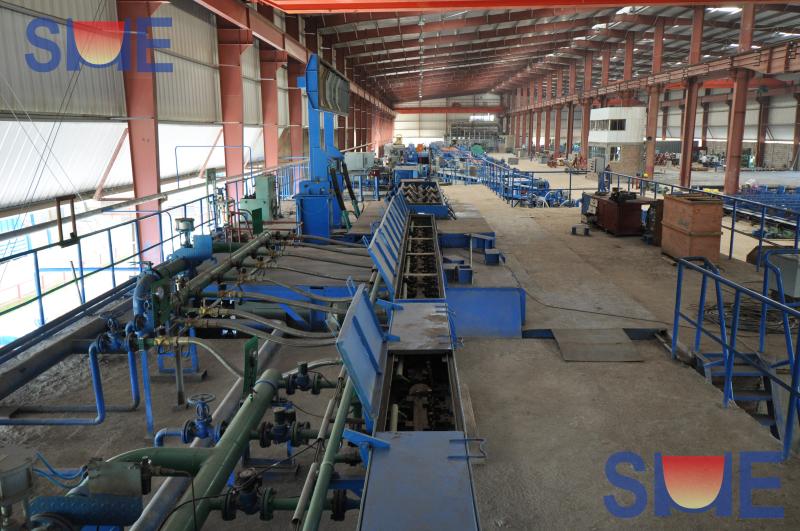Inspection and analysis of the mechanical and technical properties, metallographic organization and chemical composition of steel is an important means to ensure the quality of the product, in order to ensure the safe and reliable use.
The mechanical and process performance tests mainly include various hardness tests, tensile tests, compression tests, bending tests, flattening tests, impact tests, drop hammer tests, torsion tests, winding tests, bond strength, welded joint tests, welding process assessment, etc., which are used to ensure that the mechanical and process properties of the steel meet the standard requirements.
The metallographic organisation test is mainly used to detect the low-frequency organisation and defects of steel, including low-frequency organisation and defects, microstructure, grain size, hardenability, fracture test, carbide, graphite rating, sulphur seal, inclusions, decarburisation layer, carburisation layer, nitriding layer, corrosion test, tower hairline, stainless steel intergranular corrosion, etc., to ensure the organisational stability and quality reliability of steel.
Chemical composition analysis is mainly used to detect the composition content of steel, including carbon, silicon, manganese, phosphorus, sulphur, chromium, nickel, copper, molybdenum, vanadium, titanium, tungsten, cobalt, aluminium, niobium, zinc, cadmium, calcium, magnesium, boron, arsenic, antimony, tin, bismuth, lead, barium, selenium, iron and other elements, used to control the chemical composition of steel to ensure it meets the standard requirements.
